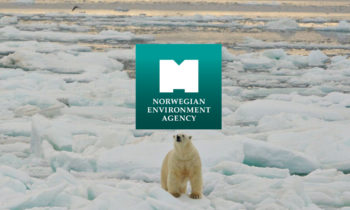 The Norwegian Environment Agency has identified new chemicals of concern that it wants to see added to the country’s list of priority substances.
The Norwegian Environment Agency has identified new chemicals of concern that it wants to see added to the country’s list of priority substances.
In a letter to the Ministry of Climate and Environment, the agency has proposed the following substances for inclusion:
four benzotriazoles: UV-320, UV-327, UV-328 and UV-350;
dibutyltin (DBT) and dioctyltin (DOT); and
perfluorohexanesulfonic acid (PFHxS) and its related substances.
The list, which contains over 30 chemicals and groups of chemicals, is part of the Norwegian government’s target to eliminate or substantially reduce releases of priority substances.
These can include those with persistent, bioaccumulative and toxic (PBT) or very persistent and very bioaccumulative (vPvB) and endocrine disrupting properties.
The agency says benzotriazole, which can be used to protect materials from solar UV rays, is a substance of concern as it is PBT/vPvB.
According to the agency, it can be toxic and has been found in the milk of mammals and in cod and shrimp in the Oslo fjord and at the bottom of lakes in Norway.
The four benzotriazoles substances are named on the REACH Candidate List as SVHCs.
Perfluorohexanesulfonic acid (PFHxS) and perfluorohexanesulfonic acid-related substances are vPvB, the agency said. They are also suspected of being endocrine disrupting chemicals (EDCs) and have been found in polar cod, gulls and bears, and ringed seals.
PFHxS substances are used broadly in firefighting foam, carpets and textiles, electronics and non-stick cookware.
They share similar properties to another perfluorinated substance on the priority list: perfluorooctanesulfonate (PFOS), which the agency said has been found in breast milk and may be transmitted to the foetus in pregnant women.
Possible EDCs
DBT and DOT are used in certain adhesives and plastic products and have similar “harmful effects” like their “sister” substance group TBT, which is already on the priority list.
They have PBT properties, the agency said, and are potential EDCs and can affect reproduction. They do not decompose easily and have been found in small living organisms such as mussels.
“If the proposal to add these substances is supported, the decision to update the list of priority substances will be made by the government,” Heidi Morka, head of chemicals at the Norwegian Environment Agency, told Chemical Watch.
“This is published in the national budget for 2017, after being presented to the Storting (Parliament) in October 2016.” The national budget presents the government’s programme for the implementation of economic policy and the government’s priorities.
A list for learning, not legislation
Those on the list are not regulated, but it serves as a basis for eliminating their release by 2020.
“If Norway considers that further action is necessary, after the listing of substances, measures such as amendments in regulations (restrictions) will be considered,” Ms Morka said.
The list is an “important base” that helps the agency prioritise regulatory proposals under the EU chemicals regulations REACH and CLP, and also for its work under the UN Stockholm Convention, Ms Morka said.
In addition, a requirement to substitute substances that cause damage to health or the environment is laid down in the Norwegian Product Control Act, Ms Morka said, which ensures a shift to possible lower-risk alternatives.
